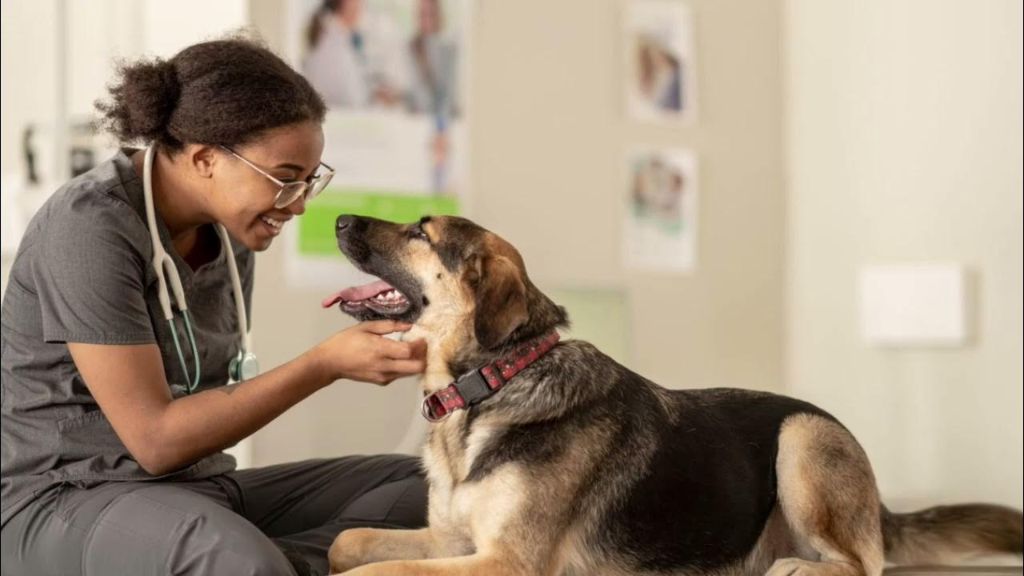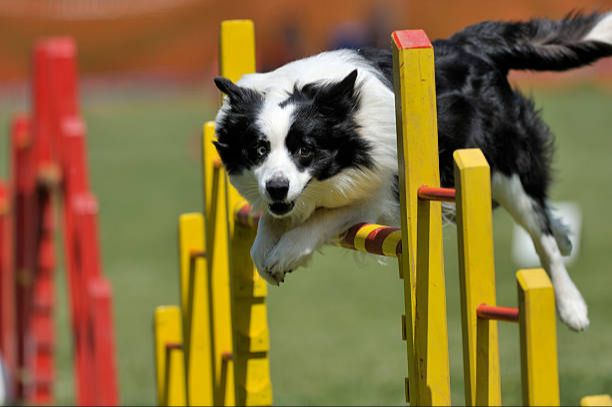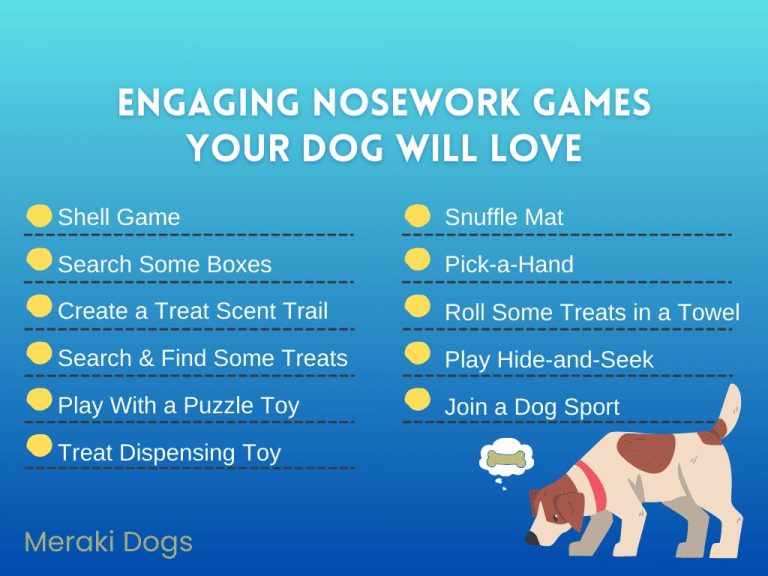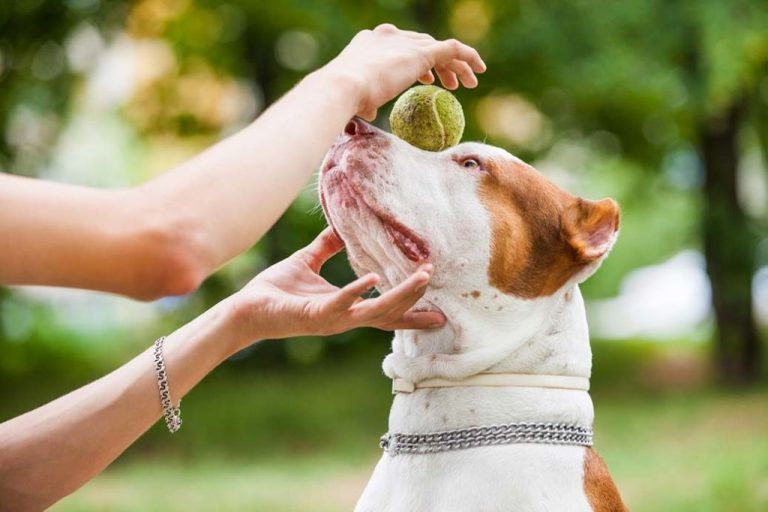Teaching Your Dog To Stay Calm During Vet Visits
Why Dogs Get Anxious at the Vet
Many dogs experience anxiety when visiting the veterinarian. There are several common reasons for this:
Fear of the unfamiliar environment and strange people is a major trigger for vet anxiety in dogs. Everything at the clinic – the smells, sounds, and unfamiliar handling – can cause a fearful or nervous reaction (https://www.akc.org/expert-advice/health/treating-dog-anxiety/).
Dogs often associate visits to the vet with pain, discomfort or other negative experiences. Procedures like vaccinations, blood draws, and examinations can be upsetting. Dogs remembering these experiences may become anxious at the prospect of future visits (https://vet.tufts.edu/news-events/news/anxiety-dogs).
A dog can pick up on its owner’s anxiety or stress about vet visits. If the owner is nervous, the dog is likely to become anxious as well. Remaining calm and positive as the owner can help put the dog more at ease.
Start Young with Positive Experiences
Getting your puppy comfortable with going to the vet from a young age is crucial for reducing anxiety later on. Try to bring your puppy to the vet clinic for regular check-ups and socialization visits starting at 8-12 weeks old. Have the vet and techs give your puppy treats and pets so they associate the clinic with positive experiences.

It’s best not to only bring your dog to the vet when they are sick or hurt. This conditions them to think vet visits are scary and painful. If their first several trips involve routine wellness exams with lots of praise and rewards, they will feel more relaxed during future necessary vet appointments.
According to research, the most important socialization period for puppies is between 3-12 weeks old. Exposing them to new environments like the vet during this time will make them more resilient and adaptable as adult dogs. Having positive vet interactions when young can prevent fearful behavior later in life (https://www.smalldoorvet.com/learning-center/puppies-kittens/positive-vet-experience/).
Desensitize Before Appointments
One of the best ways to prepare your dog for vet visits is to gradually desensitize them to the environment and handling they will experience. According to VCATM, systematic desensitization is an effective training method for reducing a dog’s fear response. You can start by taking your dog by the vet clinic and letting them explore and get comfortable with the smells and sounds while you provide praise and treats. Don’t force them close if they seem apprehensive. Over multiple visits, aim to decrease distance and build positive associations.
It’s also important to practice exams and handling at home so they are less distressed by procedures at the vet. Handle your dog’s ears, feet, tail, and mouth gently while praising and rewarding. Get them comfortable with you looking in their eyes and ears with a flashlight. Making these activities part of your daily routine will help normalize the experience.
Use Calming Aids
There are various calming aids on the market that can help relax anxious dogs before and during vet visits. Some popular options include:
Pheromones – Synthetic pheromones like Adaptil mimic natural calming pheromones and signals safety to the dog. They come in sprays, collars, and wall plug-ins. Research shows dog-appeasing pheromones reduce stress behaviors in dogs by up to 70% (source).
ThunderShirts – These snug shirts apply gentle, constant pressure that has a calming effect similar to swaddling an infant. Studies confirm ThunderShirts reduce trembling, panting, barking, and restlessness during stressful events like vet visits (source).
CBD Oil – CBD interacts with receptors in the brain to lower anxiety without sedation. Research indicates CBD significantly decreases stress behaviors and increases calmness. It’s available in treats and tinctures (source).
Combining calming aids often boosts their effectiveness. Introduce them well in advance of the vet appointment and find the specific products that work best for your individual dog.
Watch Your Energy
It’s important to remain calm and reassuring when taking your dog to the vet. If you get anxious or worried, your dog will pick up on this energy. According to a study, dogs belonging to high stress/anxiety owners exhibit more anxiety symptoms themselves.
On the way to the vet appointment, avoid hyping your dog up too much. Remain neutral and let your dog relax during the car ride over. Getting them too excited beforehand can raise their energy to an uncomfortable level when they arrive at the veterinary office.
Speak in a gentle, soothing tone and focus on keeping your own energy balanced. Your calm demeanor will help relax your dog during the vet visit.
Provide Plenty of Exercise
One of the best ways to help your dog stay calm and relaxed during a vet visit is to tire them out beforehand with plenty of exercise. A long walk, jog, or vigorous play session will help expend your dog’s nervous energy so they are more inclined to settle down and be calm at the appointment. Recommended vigorous activities include at least 60-90 minutes of:
- Running/jogging on leash
- Playing fetch
- Swimming
- Hiking
- Agility training
- Active games with other dogs
Try to schedule the vet visit right after the exercise when your dog is already tired out. You may also want to bring some interactive chew toys to keep them occupied and relaxed in the waiting room. The goal is to get that excess energy out ahead of time so they are more likely to stay calm during the stressful experience.
Use Food for Distraction/Reward
Food rewards can be extremely useful for distracting your dog and rewarding calm behavior during vet visits. Choose soft, smelly, high-value treats that your dog loves, such as small pieces of chicken, cheese, hot dogs, or liver (consult your vet first). Keep treating your dog throughout the vet visit for any calm behavior like sitting, lying down, or looking at you. Focus on praising and treating any brief moments of calmness, as this will reinforce the behavior. According to Tufts Veterinary Nutrition, high-value food rewards keep your dog’s focus and serve as positive reinforcement for the desired behavior1. Just be sure to account for the extra treats in your dog’s daily food allotment.
Consider Anti-Anxiety Medication
If your dog continues to show severe anxiety during vet visits despite your training efforts at home, it may be time to ask your vet about anti-anxiety medication. Medication can help take the edge off your dog’s anxiety so they can better focus on the positive experiences you are providing.
Some common types of anti-anxiety medication prescribed by vets include:
- Alprazolam (Xanax) – A fast acting medication often used for short term treatment of acute anxiety episodes (PetMD)
- Amitriptyline – An antidepressant sometimes prescribed for long term anxiety treatment
- Buspirone – Helps reduce anxiety without sedation
- Clomipramine (Clomicalm) – An FDA approved medication for separation anxiety in dogs
- Dexmedetomidine (Sileo) – A newer medication that comes in a gel applied to the gums
Be sure to discuss the potential risks and side effects with your vet when considering medication. With patience and the right treatment plan, medication can be a useful tool in reducing your dog’s vet visit anxiety.
Practice at Home
One of the best ways to get your dog comfortable with vet visits is to practice mock exams at home. Get them used to being touched and handled in the same way the vet will do during an appointment. Gently touch your dog’s ears, paws, belly, mouth, and tail. Give your dog lots of praise and treats during the handling so they learn to associate it with something positive.
Make the practice sessions short and end on a good note if your dog seems anxious. You can work up slowly to longer handling sessions as your dog gets more comfortable. Be sure to watch your dog’s body language and keep sessions relaxed and positive. If your dog reacts fearfully, go back to an easier step in training before trying to progress again. With patience and consistency, regular practice will help get your dog ready for the real thing.
Be Patient and Consistent
Dog training takes time and repetition, so it’s important to be patient and consistent when working on anxiety reduction techniques. As the saying goes, Rome wasn’t built in a day. Don’t expect your dog to conquer their vet anxiety after just one or two training sessions. It takes regular practice over many visits before you’ll likely see a real difference in their behavior.
Stick with the training techniques and don’t give up too quickly. For example, if you’ve been using treats to distract and reward calm behavior, keep at it for several vet visits before deciding it’s not working. Sometimes a technique just needs more time to take effect.
Remember that patience is crucial in dog training (https://www.uspcak9.com/index.php?option=com_dailyplanetblog&view=entry&year=2023&month=02&day=02&id=53:the-importance-o-patience-consistency-and-repetition-in-police-dog-training), as it allows you to work at your dog’s pace and build a strong bond (https://advancedcaninetechniques.com/2012/01/timing-patience-consistency3-keys-to-successful-training/). With persistence and consistency using the right anxiety reduction techniques, you will start seeing results.






